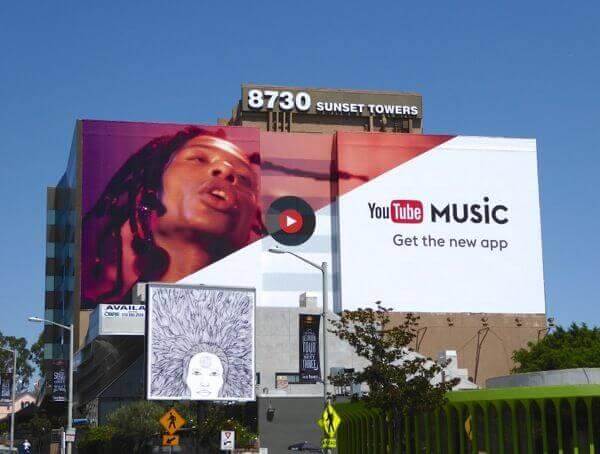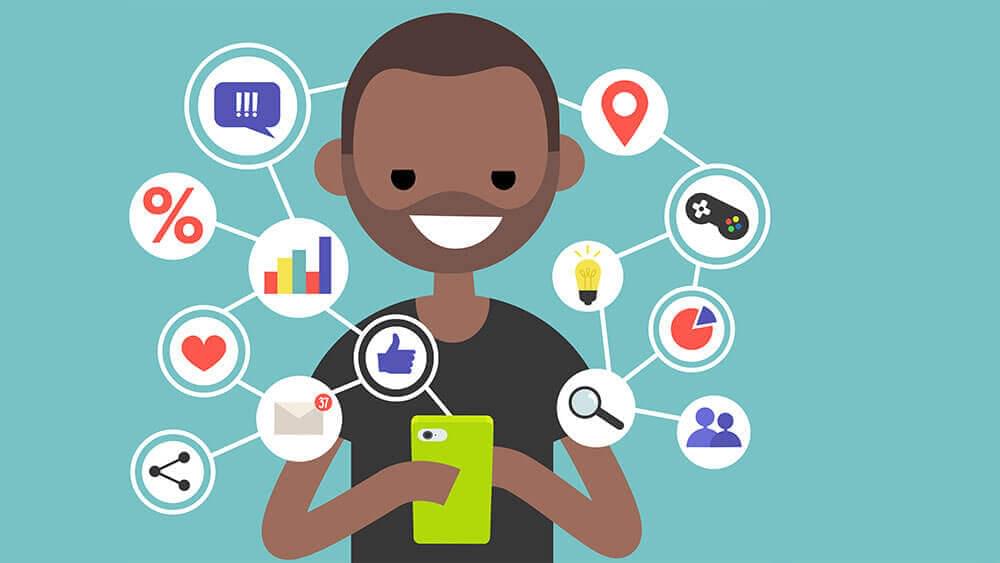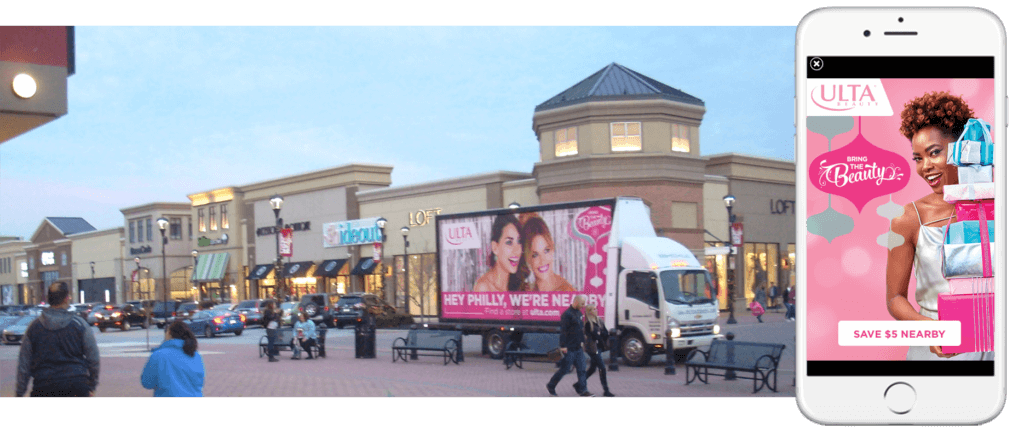
As of early 2020, Generation Z (Gen Z) has officially overtaken Millennials by nearly 4 million to become the largest demographic cohort in the United States – followed by Millennials and Baby Boomers. As young as they are, it would be a mistake to underestimate the enormous financial influence Gen Z has in the consumer market. By the end of 2020, it is estimated that Gen Z will command nearly 40% of all consumer shopping. As such, household names and brands on the rise are vigorously competing against one another to build early awareness, trust, and loyalty with this up-and-coming workforce.
According to the latest report from the OAAA and Nielsen, out-of-home’s (OOH) highest index is among young consumers – reaching 80% of US travelers aged 16 and up every week and 90% of this audience every month. This article will outline the characteristics and preferences of the market’s biggest buying force that you need to be aware of in your brand’s marketing – particularly as it relates to how you can leverage outdoor advertising to amplify your message.
The Generation Z Market

Gen Z is the segment of the population born in 1996 or later. You may know them as your teenage social media addicts, soon-to-be drivers, or recent college graduates. Get Z’s buying power is an impressive $143 billion in the United States alone – most of which is spent on eating out, electronics, beauty products, and clothing/accessories. When accounting for the influence Gen Z has on 70% of family food purchases and 80-90% of house hold items, some estimates show that Gen Z’s buying power expands to as much as $600 billion.
Why Gen Z loves OOH
While Generation Z is known for being constantly glued to their screens, they still value brick and mortar stores, authenticity, and real-world experiences. For instance, a new survey by A.T. Kearney found that 81% of consumers ages 14 to 24 prefer to do their shopping in stores – largely for mental health reasons. Seventy-three percent of Gen Z respondents also said that they prefer to discover new products in stores. To accommodate and connect with the Gen Z audience where they prefer to engage in “retail therapy”, top digital brands, like Netflix, Google, Facebook, Spotify, YouTube, and others, have turned to outdoor ads to reach their audience. And, it looks like their OOH marketing strategy is working! 84% percent of Gen Z pay attention to OOH advertising in public places, such as trains, airports, taxis, and malls.

Furthermore, according to a study done by media company Kantar Millward Brown, 55% of Gen Zers favor outdoor advertising because they find it “relaxing”. In comparison to the digital advertisements that track Gen Zers wherever they surf on the Internet, with out-of-home (OOH), the young audience feels as if their ad viewing experience is fully under their control. Around 41% of 13- to 18-year-olds even say that they feel “overwhelmed” by the number of daily digital notifications they get.
How to Advertise to Gen Z

When it comes to advertising to Gen Z, brands need not fret over completely redesigning their marketing strategies. Gen Zers actually share many of the same values and consumer behaviors as the preceding Millennials. However, making necessary strategy adjustments to accommodate for Gen Z’s unique characteristics becomes essential.
Attention Span: Growing up with the Internet, Gen Zers are used to obtaining and processing information faster than previous generations. If marketers thought conveying their brands to Millennials in 12 seconds was difficult, Gen Z’s 8-second attention span will prove to be even more of a headache. Moreover, brands risk not getting their ads seen at all by 60% of this young audience if they choose to advertise on difficult-to-navigate or slow websites. It’s safe to say that Gen Z will take notice of an ad (digital or not) only if it is concise, creative, and captivating.
Digital usage: Perhaps a benefit of Gen Z’s shorter attention span is that the’re better multi-taskers and use on average 5 devices at once – including a smartphone, TV, laptop, desktop, and tablet – all while paying attention to their surroundings. This nuance shouldn’t be overlooked by marketers. Ad campaigns that span multiple formats and channels, instead of one or a few platforms, are more likely to make an impact on Gen Z.
Values: Gen Z is known for valuing privacy, individuality, personal success, financial security, transparency, family, and social responsibility. Similarly, Gen Zers are often described as independent, focused, fiscally responsible, competitive, and entrepreneurial. Brands should ensure that, not only does their marketing reflect these values, but it’s also authentic. In other words, if your company is promoting sustainability in an ad campaign, your products and business practices should be in-line with your messaging.
How to leverage the power of OOH in Digital Advertising
It comes as no surprise that brands find younger consumers one of the hardest groups to market to. While it’s undeniable that social media ads, website ads, and digital ads alike are reaching the eyes of tech-savvy Gen Zers, the future of advertising isn’t completely digital. Over half of the mobile digital natives use some form of ad blocking software, while 82% were reported to deliberately skipping ads. Simply put, the majority of Gen Z actively avoids ads on media they spend most of their time on.
If brands want to accelerate their digital presence, they must integrate other media channels into their marketing mix – including those that are offline, like OOH. This has been shown to significantly increase post-impression actions – from visiting an advertised restaurant to attending an event or using online search to visiting an advertiser’s website. In fact, 66% of smartphone users took some type of action after seeing an OOH ad in the past year. For online activations specifically, Nielsen found that OOH media delivers more online activity per dollar spent compared to TV, radio, and print.

Brands can leverage the power of OOH by executing cohesive “phygital” – physical and digital – omnichannel marketing strategy. In particular, by combining geolocation data provided by GPS or beacon technology with mobile extension programs (such as geofencing), brands can re-target an audience whom they’ve already impressed with OOH ads via their mobile devices. This is known as mobile retargeting. Given data on who your OOH campaign reached – down to their age, location, browsing behavior – you can target devices with digital ads. Studies from Outfront Media show that consumers, including Gen Zers, are 50% more likely to engage with a mobile ad after seeing the same ad from OOH first.
Are you connecting with Gen Z?
Generation Z is undoubtedly the most tech-savvy generation in the digital space. Equally, they are adept at swerving the thousands of daily social media and online ads they’re inundated with. Brands must realize that it takes more than going digital to capture the eyes and wallets of this young, hard-to-get demographic. Those who have an early start in blending physical and digital efforts in their media plan will reap the benefits for their business for years to come.


